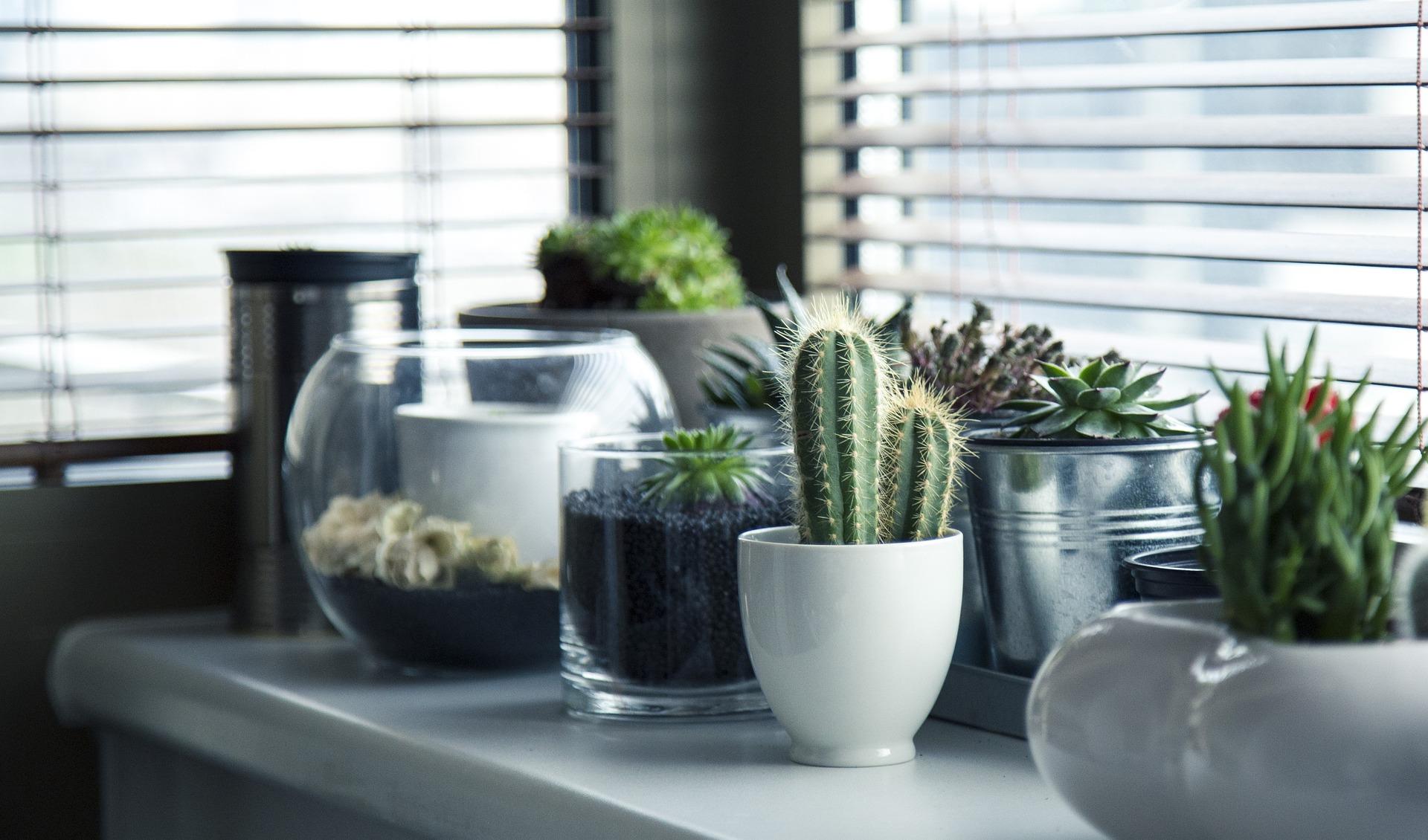Energy-saving upgrades for living areas and patios
Practical energy-saving upgrades can reduce utility use and improve comfort in living areas and patios. This article outlines sustainable, DIY-friendly approaches—from insulation and lighting to strategic landscaping, irrigation, and container planting—so you can prioritize projects that improve efficiency while supporting soil health and resource reuse.

Homes and outdoor living areas are linked: choices made on a patio affect indoor temperature and vice versa. Energy-saving upgrades for living rooms and patios focus on reducing heat gain or loss, improving natural ventilation, and choosing durable materials. A combined approach that includes mechanical fixes, thoughtful decor, and landscape decisions can yield steady reductions in energy demand while enhancing comfort and sustainability.
How can sustainability guide upgrades for living areas?
View sustainability as a decision framework: select materials and systems that reduce operational energy and have lower embodied energy. Improve insulation, seal gaps around doors and windows, and choose rugs or underlays that add thermal buffering in cooler months. Replace incandescent bulbs with LED lighting and use smart thermostat settings to avoid unnecessary heating and cooling. Incorporate compost into nearby planters to improve soil health, which supports vegetation that moderates microclimates. When choosing finishes, prefer long-lasting options and recycled materials to align indoor upgrades with broader sustainability goals.
Which DIY changes save energy indoors?
Many effective energy-saving measures are DIY-friendly. Weatherstripping doors, applying door sweeps, and installing window film or thermal curtains reduce heat transfer. Replacing old bulbs with LEDs and adding dimmers or timers cuts lighting consumption. Upcycling fabrics into draft stoppers or insulating coverings marries decor with function. Basic pest control—sealing entry points and repairing screens—prevents air leaks and reduces strain on HVAC systems. For more complex tasks like adding insulation or modifying ventilation, consult local services to ensure safety and compliance.
How does landscaping reduce energy use?
Landscaping choices can change a home’s thermal profile. Plant deciduous trees to the south or west to provide summer shade while allowing winter sun; use evergreen hedges as windbreaks to reduce heat loss. Mulch around beds conserves moisture and stabilizes soil temperature, helping perennials and edibles establish with less irrigation. Proper soil preparation improves soil health and plant resilience, reducing the need for chemical inputs and frequent replacements. Thoughtful placement of planting beds and paved areas also reduces reflected heat into windows and walls.
Can indoor plants improve comfort and efficiency?
Indoor plants contribute to comfort and humidity balance, and they can slightly affect thermal dynamics near windows. Large pots and dense foliage can act as a localized buffer that reduces direct heat exchange, especially when combined with insulating window treatments. Choose indoor plants suited to light conditions to avoid excess watering, which can increase humidity control demands. Maintain potting mixes with compost to promote strong growth and reduce pest pressures; healthy plants require less intervention and help create a more comfortable living area.
What patio decor choices cut energy use?
Patio decor and materials influence thermal loads. Light-colored pavers and reflective surfaces absorb less heat than dark materials, lowering heat radiated toward the home. Install shade structures such as pergolas, retractable awnings, or shade sails to reduce solar gain on adjacent interiors. Upcycling furniture and structural elements keeps embodied energy low and adds character. Incorporate container planting with perennials and edibles to create green screens that cool patios through shading and evapotranspiration. Use LED outdoor lighting and motion sensors to limit nighttime energy use.
How do irrigation, compost, and container planting support efficiency?
Efficient irrigation and organic soil practices reduce water use and boost plant performance. Drip irrigation and smart timers deliver water where roots need it, reducing evaporation and runoff; consider an irrigation audit from local services if you’re unsure about system efficiency. Compost improves soil health in beds and containers, enhancing water retention and nutrient availability for perennials and edibles. For container planting, use appropriate potting mixes, top with mulch to conserve moisture, and monitor for pests to avoid overwatering and unnecessary treatments. These practices lower maintenance inputs and help outdoor spaces remain functional with less resource use.
Conclusion Energy-saving upgrades for living areas and patios combine mechanical fixes, landscape design, and material choices to reduce energy demand and enhance comfort. Prioritize sealing and insulation indoors, adopt DIY measures where safe, and use landscaping, irrigation, and planting strategies that support soil health and water efficiency. Integrating upcycling and durable materials reduces embodied impacts and creates outdoor and indoor spaces that work together to support sustainability.





